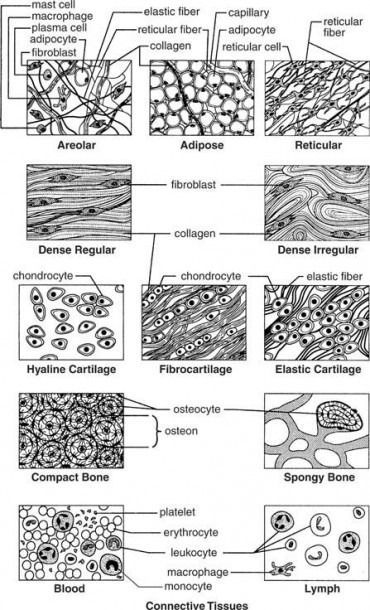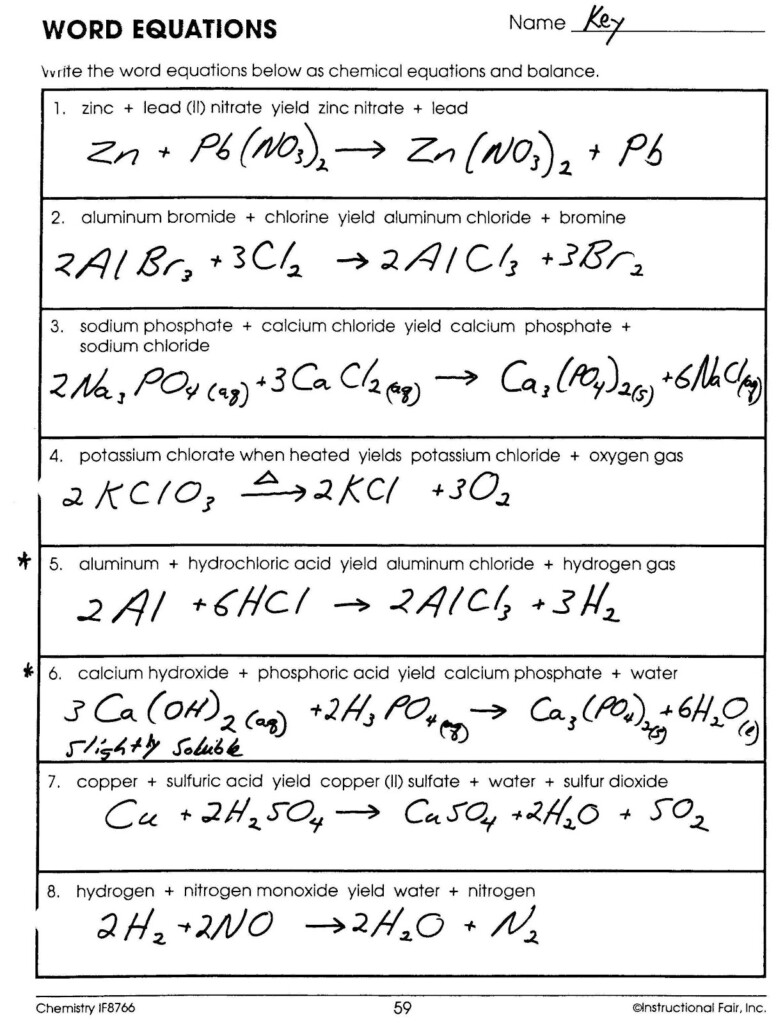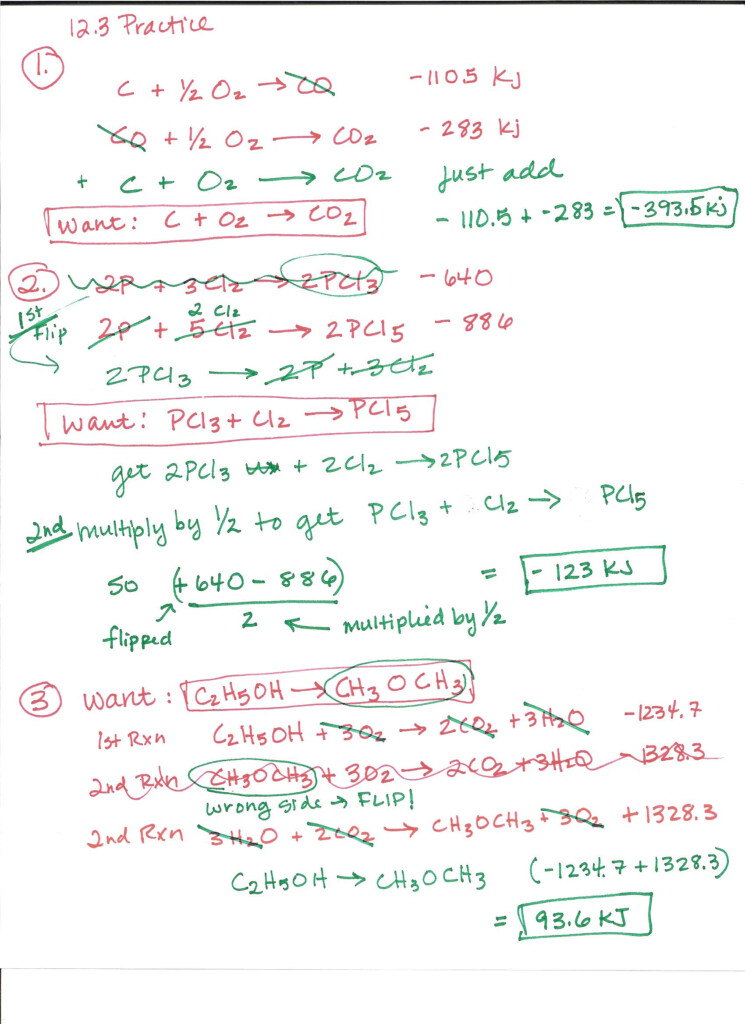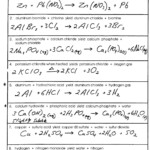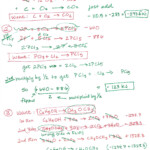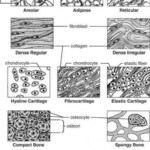Chapter 3 Review Worksheet Chemistry – This Chapter Chemistry Worksheet can be used by students to strengthen their understanding of the subject. The chemical reaction of potassium salt with potassium chlorate involves oxygen being absorbed and potassium chloride being released. This reaction releases energy, as chemical bonds are broken. This reaction preserves mass. The reaction conditions are explained in the chemical equations. It is also clear whether the energy is conserved or evolved.
Instruction activity for AP Chemistry
Students may find AP Chemistry difficult to master. Therefore, many students seek additional help outside of class. You can identify students who need extra help, and schedule time after school to meet with them. This way, both the teacher and students can benefit. Students will also benefit from a deeper understanding of the material.
Integrating AP-specific science practices in the classroom is a great way to engage students. Teachers can create a practice lab activity to help students understand the science behind chemistry, which includes laboratory investigations, reporting laboratory findings, and referencing the curriculum framework. Students will appreciate this activity because it is focused on one area at a given time. This can help reduce frustration and stress.
Teachers and students face new challenges when redesigning the AP Chemistry curriculum. It also entails new content and formats for the exam, which have influenced how students learn the content. Teachers also need time to adjust their teaching practices to the new standards. In order to evaluate the effects of this curriculum reform, future research should look at the characteristics of teachers who were the most challenged by it.
One option is to use an AP Chemistry curriculum example. The AP curriculum has a variety of examples for teachers and students to review. The College Board standards are the basis of the AP curriculum. The content of the AP course is organized into nine units, each with links to useful resources and activities. The materials include videos, simulations, and other forms of formative assessment.
Reduced form
The reduction of an element is a chemical process that involves transferring an electron from one atom to another. The reaction can take place in a variety of different ways. The oxidizing agent is usually the same element as the reducing agent. In other cases, the reducing agent is a different element. In either case, the compound must contain an element that is in a lower oxidation state than the oxidizing element. The oxidizing element then loses electrons and becomes a reduced form. An example of a reducing agent is sulfur. The sulfur atom in SO32 is in a +4 oxidation state and is capable of oxidizing to +6.
Reducing agents include most organometallic compounds. The strongest reducing agents are sodium, chromium, and cuprous. Chloride is the weakest reducing agent. Both the oxidising as well as reducing forms have similar results. It is therefore important to choose the right reducing agent for your sample.
Carbon monoxide is another type of reducing agent. This gas reduces many metallic oxides to the metal they came from. Many metallic salts can also be reduced to metals by this gas. Hydrogen gas, for example, can convert palladium chloride into palladium metal.
